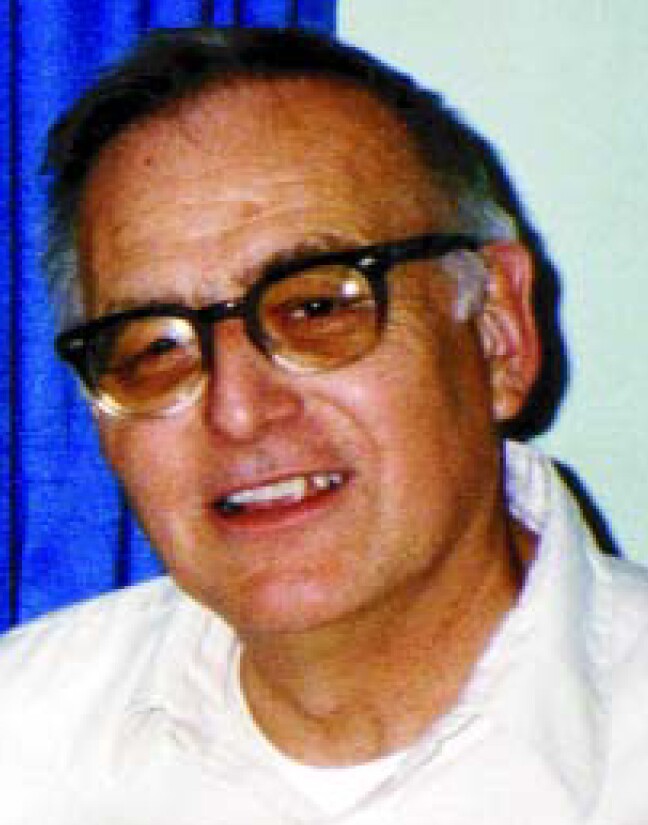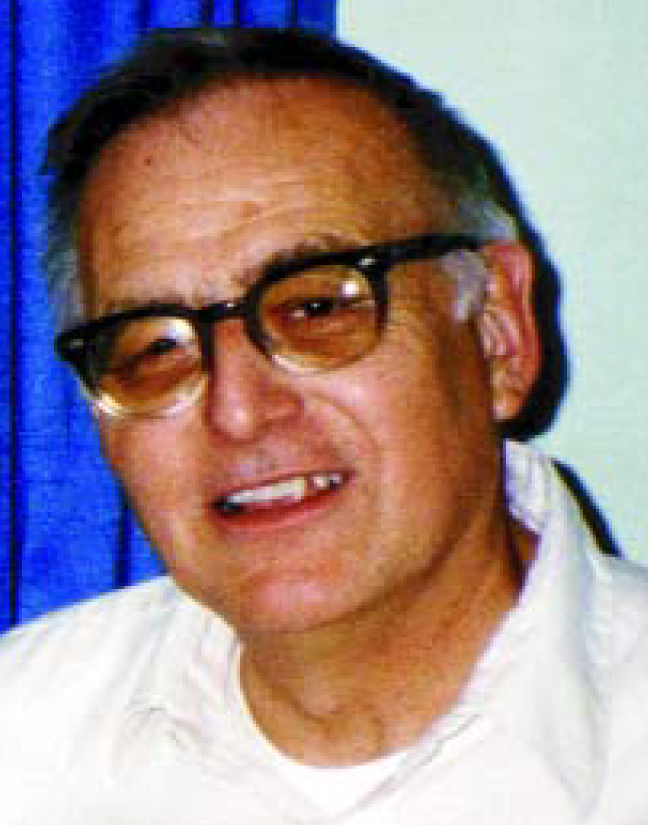Lyman Mower
DOI: 10.1063/1.2138438
Lyman Mower, known for his theoretical work on the interactions of microwaves with plasmas and on transitions between closely coupled atomic states, died of cancer at his home in Durham, New Hampshire, on 20 December 2004.
Lyman was born on 15 June 1927 in Berkeley, California. After service in the US Navy during World War II, he attended the University of California, Berkeley, and graduated with a BS in chemistry in 1949. He attended graduate school at MIT, beginning in chemistry but soon switching to physics. He received his PhD under Philip Morse in 1953 for his thesis “A Variational Calculation of Electron Scattering from a Static Potential.”
That year, he joined the GTE Sylvania Electronic Defense Laboratory in Mountain View, California, as a theoretician in the microwave physics division. For the next four years, he studied the propagation of microwaves in plasmas.
Lyman joined the physics department faculty at the University of New Hampshire in 1957; he became a full professor in 1964. He was the thesis adviser for one of the first students in that department to receive a doctorate.
After arriving at UNH, Lyman carried out his first project with the microwave gas discharge group, headed by Sanborn C. Brown and William P. Allis, in MIT’s Research Laboratory of Electronics. In collaboration with Brown and Solomon J. Buchsbaum of AT&T Bell Laboratories, Lyman developed a method of using a microwave cavity as a plasma diagnostic tool. The technique was suitable for both high- and low-density magnetized plasmas.
During a sabbatical in 1964, Lyman was one of 11 visiting fellows in the newly formed Joint Institute of Laboratory Astrophysics at the University of Colorado at Boulder. At JILA he worked on the development of a practical method to calculate the spontaneous and stimulated transition and decay probabilities between several closely coupled unstable states. The technique involves a Green function formulation, with states selected by suitable projection operators, and produces accurate results in a variety of situations. As was characteristic of his work, Lyman emphasized practicality, simplicity, and the inclusion of many useful examples. His technique has been applied to studies of sequential atomic transitions produced by one or multiple bands of intense electromagnetic radiation.
Lyman taught many of the more demanding graduate courses during his years at UNH. His ability to provide elegant, clearly organized solutions to a variety of problems was widely recognized. He chaired the physics department from 1969 to 1972.
After retiring in 1990, Lyman carried out genealogical research in the US and Scandinavia and published five books on his results, two of which were coauthored with his wife, Karen Hoiriis Mower. A sixth book will be published posthumously. In the course of his research, he taught himself Danish.
He also made several startling discoveries. The first was that by moving to Durham, he had by chance settled two miles from lands that his ancestors owned in the 1600s. Second, he learned that his Norwegian ancestry crossed paths with his wife’s Danish history; his ancestors had owned properties that were later farmed by hers. Finally, he unearthed the tidbit that he was a descendant of Margrethe Ottesdatter Brahe, sister of the astronomer Tycho (Tyge). As Lyman noted, if you go back far enough, we’re all related.


More about the Authors
John F. Dawson. 1 University of New Hampshire, Durham, US .
Richard L. Kaufmann. 1 University of New Hampshire, Durham, US .




